Building a Collection #81A
Fountains of Rome (Fontane di Roma)
By Ottorino Respighi
____________
“Atonality. Thank heaven, that’s done for!”
-Ottorino Respighi
Ottorino Respighi
The Italian composer Ottorino Respighi was born in Bologna, Italy in 1879 and died in Rome in 1936. Encouraged to pursue his interest in music from a young age, Respighi would eventually become one of the leading composers of the early 20th century. Respighi’s works span operas, ballets, orchestral suites, songs, chamber music, concertos, and transcriptions of 16th to 18th century Italian music. However, it was his three kaleidoscopic orchestral suites that form the “Roman Trilogy” (The Fountains of Rome, The Pines of Rome, and Roman Festivals) which brought him international fame and that continue to live on in frequent recordings and performances.
After taking lessons in violin and piano as a youth, Respighi enrolled at the Liceo Musicale di Bologna where he continued his music studies. For a few seasons he was the principal violinist at the Russian Imperial Theatre in Saint Petersburg, and it was during that time he met the Russian composer Nikolai Rimsky-Korsakov. He took some lessons from Rimsky-Korsakov, and Respighi’s compositions would eventually show some definite influence from the great Russian. Giuseppe Martucci, Respighi’s composition professor in Bologna, would later say of him, "Respighi is not a pupil, Respighi is a master."
Respighi relocated to Rome in 1913, where he would remain for most of the rest of his life between short periods in Bologna. In Rome he would take the position of professor of composition at the Liceo Musicale di Santa Cecilia. While continuing to teach a bit, from 1923 onward Respighi focused most of his time on composition. Once he began to develop an international reputation, Respighi toured other countries, often guest conducting his own works in the United States, South America, and Europe. While working on his opera Lucrezia in 1935, Respighi became ill with bacterial endocarditis. He died four months later at the age of 56. His wife Elsa would survive him by some 60 years, tirelessly championing her husband’s music for the rest of her life.
Respighi’s great gift was putting into music the visual images and emotions evoked by cherished places. In particular, his orchestration is often colorful and exquisite in detail, but also contains a lot of charm and beauty. In terms of music history Respighi falls somewhere between the Romantic and the Avant-Garde or modern time periods, but is often considered to be “neoclassical”, meaning his compositions are highly tonal, accessible, and relatively easy to understand. He wrote a great deal of programmatic music, or music that is meant to depict ideas or images that are non-musical in nature. In other words, there is a background narrative driving the music. Italian music was undergoing a revival after World War I especially, and Respighi began studying Italian Medieval and Renaissance music. He either transcribed works (which is where a composer rewrites a piece of music, either solo or ensemble, for another instrument or other instruments than which it was originally intended) or borrowed some themes or snippets from ancient works. He did this most famously in another popular work, Ancient Airs and Dances for orchestra.
There is much evidence, including Respighi’s own comments, to suggest that his goal was to become a great opera composer. No doubt he would have been greatly influenced by the operas of Italian compatriots Giuseppe Verdi and Giacomo Puccini. But even though Respighi would compose several operas, none of them took hold with audiences and critics. Indeed, even his other compositions attracted little attention until he composed The Fountains of Rome, finished in 1916. Respighi worked a few times with the famous Russian ballet impresario Sergei Diaghelev, most notably creating the ballet La boutique fantasque, after Rossini in 1918. Several other Respighi compositions went on later to become well-known, including Gli uccelli (The Birds), Trittico botticelliano (Three Botticelli Pictures), Impressione brasiliane (Brazilian Impressions), and Il tramonto (The Sunset).
The Fountains of Rome
The first of Respighi’s suites about Rome was The Fountains of Rome (published in 1916) and he noted in the score that each movement was “contemplated at the hour in which their character is most in harmony with the surrounding landscape or in which their beauty appears most impressive to the observer.” The Fountains of Rome was the most important turning point in Respighi’s career, and would eventually bring him great success, wealth, and reputation. The work had its first performance in Rome in 1917.
The quality of Roman water has been a marvel since ancient times, and there are many public water fountains located in squares around the city. Several of the fountains around the city were created in Baroque times by the famous sculptor Bernini and others.
Ken Smith from Sony Classical liner notes writes about The Fountains of Rome:
“The first part of the poem, inspired by the Fountain of Valle Giulia, depicts a pastoral landscape: droves of cattle pass, and disappear in the fresh damp mists of a Roman dawn. A sudden loud and insistent blast of horns above the whole orchestra introduces the second part, The Triton Fountain. It is like a joyous call, summoning troops of naiads and tritons, who come running up, pursuing each other and mingling in a frenzied dance between the jets of water. Next there appears a solemn theme borne on the undulations of the orchestra. It is the Fountain of Trevi at midday. The solemn theme, passing from the wood to the brass instruments, assumes a triumphal character. Trumpets peal: across the radiant surface of the water there passes Neptune’s chariot drawn by sea horses, and followed by a train of sirens and tritons. The procession then vanishes while faint trumpet blasts resound in the distance. The fourth part, The Villa Medici Fountain, is announced by a sad theme which rises above a subdued warbling. It is the nostalgic hour of sunset. The air is full of the sound of tolling bells, birds twittering, leaves rustling. Then all dies peacefully into the silence of the night.”
The Fountains of Rome with its four unbroken sections set the standard, not just for the Roman works to come, but for the aesthetic of all Respighi’s later compositions. The initial reception to the piece was disappointing to Respighi, but when legendary Italian conductor Arturo Toscanini conducted it in Milan in 1918, it scored a huge success and quickly became known internationally.
Recommended Recordings
Until recently, I had Sir Antonio Pappano’s recording at the top of the heap for all three of the Roman Trilogy tone poems, but my assessment has changed. The Pappano is very good, and still recommended. For now I don’t have an essential recording of The Fountains of Rome, but I recommend several recordings below, and many more in the honorable mention category.
I lived on the Janiculum Hill in Rome at two different times between 1991 and 1995, and Respighi’s music has a personal element for me. I have been fortunate to travel to many places in the world, but nowhere has the sentimental hold over me that Rome has. The way the light hits the buildings in the morning and evening, the sounds and smells of the vibrant cultural center of the city, the ghosts lingering around all the ancient monuments, the markets and the food, and the way the city’s history and reputation overshadow the present day all make it an awe-inspiring place to be. What we have with Respighi’s music, for me, is the apogee in the development of the symphonic poem, which spins a narrative based on a place. Respighi perfectly captures the moods, images, and feelings of Rome in a way that almost defies words. This music is close to my heart.
The first recording on the list is a 1947 recording by Italian conductor Victor de Sabata, originally issued on EMI. De Sabata leads the Orchestra dell’Accademia Nazionale di Santa Cecilia of Rome in a performance that makes up for what it lacks in terms of sound with an interpretation which feels so right. De Sabata captures the atmospheric idiom of this music, and while the Santa Cecilia may have been a pretty scrappy band in those days, they seem to rise to the occasion. The sound is a bit unfocused and distant in spots (although the opening of the Triton Fountain is surprisingly vivid and effective), a slight deterrent without the benefit of modern high fidelity technology. But the Toscanini from four years later is only a bit better for sound, but I actually marginally prefer de Sabata in terms of his greater lyrical feel for the music.
Speaking of Arturo Toscanini, his legacy with Respighi’s music is solid given his knowledge of the composer and his music, and his early advocacy for Fountains. His 1951 recording with his own NBC Symphony Orchestra on RCA (Sony) remains one of the most important recordings of Fountains, despite the boxy and dated sound. The NBC was one of the finest orchestras in the world at the time, and Toscanini was at the height of his career. Toscanini’s etching of the outlines and moods is typically direct, but beautiful. If he doesn’t quite capture the subtleties quite as well as de Sabata, there is more power and grandeur. I have read that the Pristine label remastering boasts greatly improved sound, though I haven’t heard it.
While not as famous as his Pines of Rome recording, the Fountains from Fritz Reiner and the Chicago Symphony Orchestra on RCA Living Stereo from 1959 is still one of the finest performances on record. The vintage Living Stereo sound is leaps and bounds above Toscanini, but Reiner also has the full measure of these works. The CSO woodwinds and strings are lush and evocative, and Reiner avoids extremes. Triton arrives forcefully, but we hear some superb detail in the woodwinds, strings, percussion, and brass. The Trevi Fountain highlights the wonderful CSO brass, marching in the afternoon sun. The arrival of the organ is powerful and weighty. Reiner has an uncanny sense of line and tempo, varying things slightly when needed. Villa Medici is lovely and subtle, but still recorded forward enough that nothing is obscured, and the violin solo and the woodwinds are exquisite.
It seems Eugene Ormandy and The Philadelphia Orchestra recorded Fountains three times: 1957, 1971, and 1976. Ormandy must have loved this music, and it shows. Of the three recordings, the one I keep returning to is the second one from 1971 on Columbia (Sony) and I am recommending it. Ormandy was excellent in leading tone poems in particular, and the sound he draws from his fabulous Philadelphians is rich and strongly evocative. We can hear all sections of the orchestra remarkably well, and this is one of the best engineered and balanced Ormandy recordings I’ve heard. In the opening Valle Giulia, the percussion, strings, and woodwinds are heard marvelously, and the brass are hardly less present (though recessed a bit). The opening of the Triton has personality rather than overwhelming power, and Ormandy lets the lyricism flow fully. The amount of detail heard here is astonishing. Trevi is largely imposing as it should be, with splashing cymbals and screaming brass. Ormandy and his band may shine brightest of all in the Villa Medici, where the woodwinds and strings are beguiling, and the percussion are subtle but very effective.
A bit of a surprise for me was Michael Tilson Thomas’ 1980 recording with the Los Angeles Philharmonic on Sony. I am struck again by the high quality of Tilson Thomas’ early recordings, which consistently eclipse most of his later recordings. He draws some wonderful playing from the LAPO, and details are brought out such as the lovely harp in the opening movement. As I was listening to this recording, it felt like I was carried away to another place, such was the hypnotic effect it had on me. The pacing is ideal, and there is also power where needed, even if the largest Triton climax is a bit underplayed. The playing has a sparkling quality to it, and a rhythmic pulse, that I very much enjoyed. The recorded sound is also among the most detailed I’ve heard, while retaining a good amount of warmth. Indeed, this recording was just recently reissued in December, 2024 (with Roman Festivals) and it sounds great. Villa Medici is poignant and haunting. Recommended.
Riccardo Muti’s red blooded trilogy with The Philadelphia Orchestra from 1984 on EMI (Warner) remains a top recommendation, and the Fountains from that recording has a perceptive Valle Giulia opening movement, a tremendously impactful Triton Fountain (complete with the piano and harp in the background heard to good effect), a cinematic and propulsive Trevi movement, and a delightful Villa Medici. The sound for these recordings is big and bold, even in the remasterings. I like it very much, though some may find it overbearing and brash in spots. The recording has the feel of authenticity with Muti leading a passionate, Italianate reading. I have always felt this was one of Muti’s finest recordings in Philadelphia, and I stand by that assessment.
The budget label Naxos doesn’t take a backseat to anyone on their Fountains from the Royal Philharmonic Orchestra and Mexican conductor Enrique Bátiz in their recording from 1991. Bátiz passed away at the end of March 2025, but this recording stands as a fitting tribute as one of the best Fountains on record at any price. The sound from St. Barnabas in Mitcham, UK is spectacular, and is set in a wide dynamic range where loud sections sound loud, and softer ones are appropriately soft. Trevi is wonderfully brazen and exciting, and you never have the feeling that Bátiz and the RPO are mailing it in.
Sir Antonio Pappano’s 2007 recording on EMI (Warner) with the Orchestra dell’Accademia Nazionale di Santa Cecilia in Rome remains one of my favorites for all three of Respighi’s Roman trilogy. He achieves a rich and balanced sound from the Auditorium Parco della Musica (a notoriously difficult recording venue), and Pappano excels especially in the lyrical phrases. Triton gives us a strong, but not overwhelming, blast of water and the rest of the movement is played with grandeur. The Trevi third movement is given a nicely pictorial view, full of swagger and power. The brass are formidable here, and the gradual lessening of tension after the climax is equally impressive. Villa Medici is ethereal in its feel, Pappano emphasizing the delicate lyricism in Respighi’s marvelous orchestral writing.
The 2008 recording of the Fountains by Brazilian conductor John Neschling and the São Paulo Symphony Orchestra on the BIS label is the best of their Roman Trilogy, and Neschling draws beautiful and imaginative playing from his Brazilian orchestra. The Triton opening doesn’t blow you away, but there is personality and thoughtfulness aplenty, and the sound is detailed, but also has a nice “concert hall” sort of ambience. Trevi Fountain builds sound and tension wonderfully, and because Neschling doesn’t take it too fast, he lets the swirling strings and brass do their thing and they don’t hold back. The climax is shattering with the organ pedal. Villa Medici is lovely, and played at an ideal pace. Neschling and his São Paulo band have released a boxed set with the complete orchestral output of Respighi, and it is highly recommended. This Fountains is certainly a highlight.
British conductor John Wilson and the Sinfonia of London have released several excellent albums on Chandos in recent years. While I wasn’t as taken with his Respighi album on the whole as many critics, the Fountains of Rome from their 2019 trilogy fares the best and is indeed very fine. The opening Valle Giulia movement is handled with a great deal of panache and delicacy, while Triton delivers excitement and sparkle. The Sinfonia of London sounds wonderful, and Wilson is adept at bringing out the small but important details. Trevi is magnificently executed, and the rhythmic pulse and crisp ensemble is impressive. Things speed up a bit in the middle, which for me works superbly, and the brass and percussion are incredible. The climax with organ is massive and quite satisfying. Villa Medici is refined, but never indulgent. The recorded sound from Chandos is outstandingly clear and vivid.
Mexican-American conductor Robert Treviño has scored a big success with his 2022 recording of Respighi’s trilogy with the Orchestra Sinfonica Nazionale della RAI of Turin, Italy on the Ondine label. The first thing you notice is the exceptionally good sound, but soon thereafter you notice some wonderful touches from Treviño such as the shimmering strings in the Valle Giulia, as well as the effective use of dynamics in the opening of the Triton valves. The woodwinds and strings in Triton are impressively sparkling, just before the brass come in assertively. The swooning heard in the strings is especially enjoyable. Trevi is impressive in scale, and hugely impactful, the Turin brass big and bold. Similar to Wilson, Treviño accelerates nicely through to an epic climax, with the horns in particular braying gloriously. This is an extrovert Fountains performance which does full justice to both the more audacious elements in the score, but also the more sentimental. Treviño paints with a more emotional brush than most, and the results are splendid.
Honorable Mention Recordings
The Philadelphia Orchestra / Ormandy (Sony 1957)
Minneapolis Symphony Orchestra / Dorati (Mercury/Universal 1960)
Orchestre de la Suisse Romande / Ansermet (Decca 1965)
New Philharmonia Orchestra / Munch (Decca 1966)
London Symphony Orchestra / Kertesz (Decca 1968)
The Philadelphia Orchestra / Ormandy (RCA 1976)
Boston Symphony Orchestra / Ozawa (DG 1979)
Atlanta Symphony Orchestra / Lane (Telarc 1983)
Orchestre Symphonique de Montréal / Dutoit (Decca 1983)
The Oregon Symphony / DePriest (Delos 1987)
Philharmonia Orchestra / Tortelier (Chandos 1991)
Pittsburgh Symphony Orchestra / Maazel (Sony 1996)
Cincinnati Symphony Orchestra / Cobos (Telarc 1999)
London Philharmonic Orchestra / Rizzi (Warner 2000)
Royal Philharmonic Orchestra / Caballe-Domenech (Onyx 2010)
See you next time for #81B, Respighi’s The Pines of Rome. Thank you for your readership and support!
___________________
Notes:
Blain, Terry (29 June 2012). "Composers - Respighi, Ottorino: The Roman Visionary". BBC Music Magazine. Retrieved 25 July 2022.
Brennan, Gerald. Gailey, Meredith. Lewis, Uncle Dave. Minderovic, Zoran. Rodman, Michael. Schrott, Allen. Woodstra, Chris. All Music Guide to Classical Music, The Definitive Guide. All Media Guide. Pp. 1089-1090. Backbeat Books, San Francisco. 2005.
Duchen, Jessica (February 2012). "Balancing Act". Opera News: 18–22.
Heald, David (2006). Respighi - Preludio, Corale e Fuga, Burlesca, Rossiniana, Five Etudes-Tableaux (PDF) (Media notes). Gianandrea Noseda, BBC Philharmonic Orchestra. Chandos Records. CHAN 10388. Retrieved 17 June 2020.
Ottorino Respighi: A Dream of Italy 1982, 15:36–15:50.
Perry, Tim. RESPIGHI Roman Trilogy Review. http://www.musicweb-international.com/classrev/2007/nov07/respighi_trilogy_3944292.htm
"Sir Antonio Pappano appointed chief conductor of London Symphony Orchestra". Classic FM. 30 March 2021.
"La Scala Orchestra". The Pittsburgh Sunday Post. 27 February 1921. sec. 5, p. 6 – via newspapers.com.
"(Program notes)" (PDF). University of Washington Symphony Orchestra. 2007. Retrieved April 7, 2020.
"The Three Arts". The Evening Sun (Baltimore, Maryland). 28 December 1920. p. 12 – via newspapers.com.
Webb, Michael (2019). Ottorino Respighi: His Life and Times. Troubador Publishing Ltd. ISBN 978-1-789-01895-0.
https://interlude.hk/atonality-thank-heaven-thats-done-ottorino-respighi-1879-1936/
https://santacecilia.it/en/orchestra-and-chorus/orchestra/
https://www.inspiringquotes.us/author/6754-ottorino-respighi
https://en.wikipedia.org/wiki/Transcription_(music)
https://en.wikipedia.org/wiki/Ottorino_Respighi

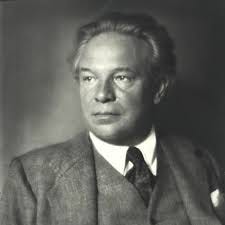
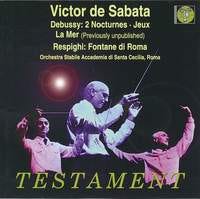
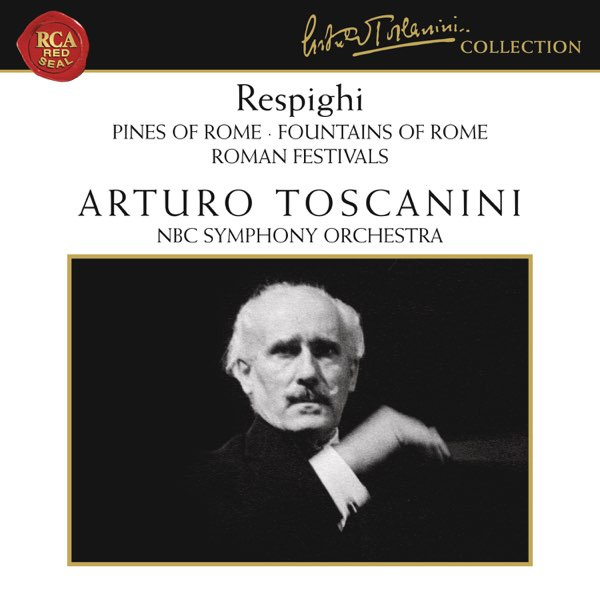
![Respighi, Reiner / Chicago Symphony – Pines Of Rome / Fountains Of Rome – Vinyl (LP, Reissue + 2 more), 1995 [r3166723] | Discogs Respighi, Reiner / Chicago Symphony – Pines Of Rome / Fountains Of Rome – Vinyl (LP, Reissue + 2 more), 1995 [r3166723] | Discogs](https://substackcdn.com/image/fetch/$s_!r4od!,w_1456,c_limit,f_auto,q_auto:good,fl_progressive:steep/https%3A%2F%2Fsubstack-post-media.s3.amazonaws.com%2Fpublic%2Fimages%2Fecd0f72c-f7ca-4b7b-bafa-c39ff6c932da_600x600.jpeg)
![Respighi, Eugene Ormandy, Philadelphia Orchester – Fontane Di Roma / Pini Di Roma – Vinyl (LP), 1968 [r8804841] | Discogs Respighi, Eugene Ormandy, Philadelphia Orchester – Fontane Di Roma / Pini Di Roma – Vinyl (LP), 1968 [r8804841] | Discogs](https://substackcdn.com/image/fetch/$s_!bSz2!,w_1456,c_limit,f_auto,q_auto:good,fl_progressive:steep/https%3A%2F%2Fsubstack-post-media.s3.amazonaws.com%2Fpublic%2Fimages%2F98ec4510-91ea-4ae5-aac2-fe1de1cedb54_600x585.jpeg)
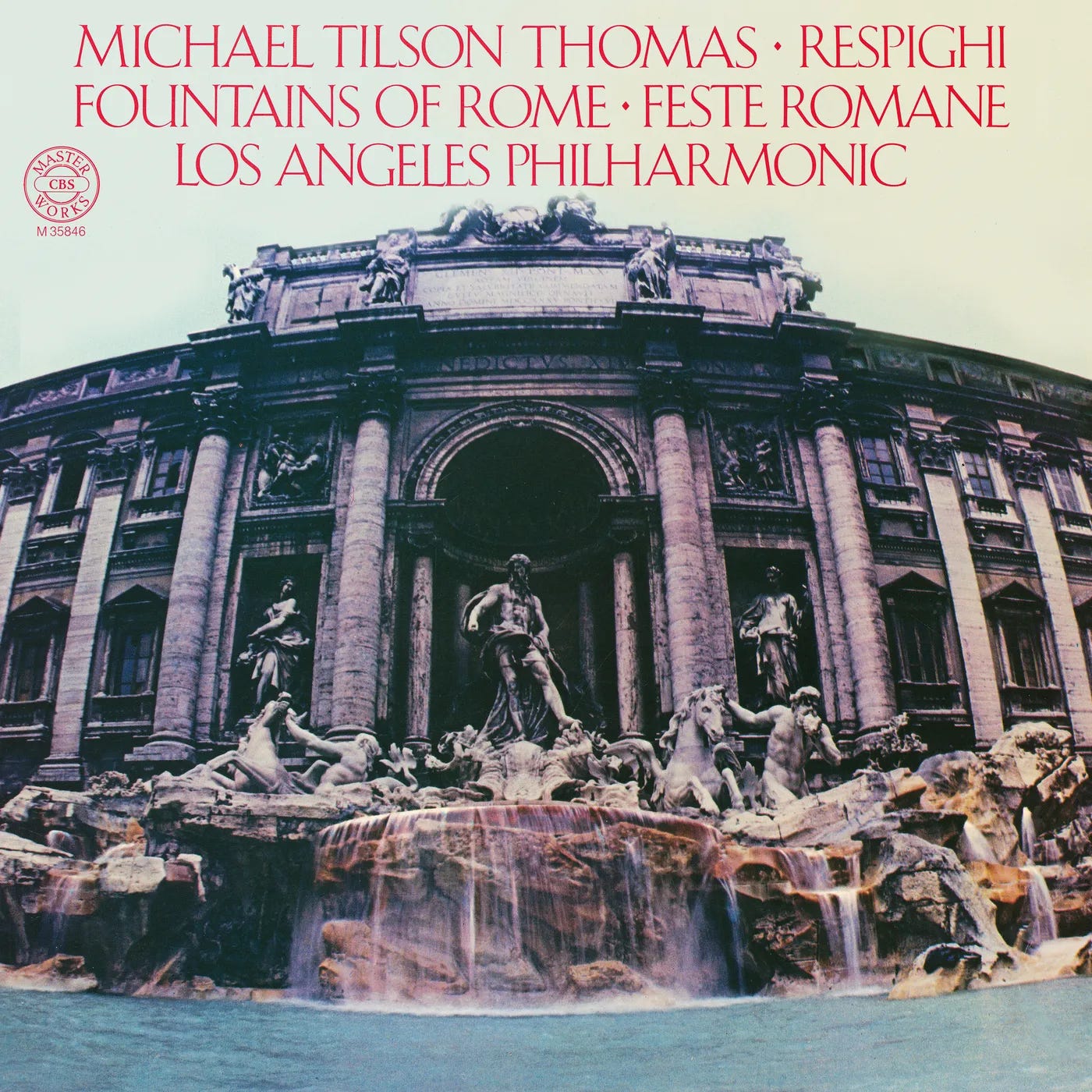
![Respighi, Riccardo Muti, The Philadelphia Orchestra – The Pines Of Rome / The Fountains Of Rome / Roman Festivals – Vinyl (DMM (Direct Metal Mastering), LP, Stereo), 1985 [r4725858] | Discogs Respighi, Riccardo Muti, The Philadelphia Orchestra – The Pines Of Rome / The Fountains Of Rome / Roman Festivals – Vinyl (DMM (Direct Metal Mastering), LP, Stereo), 1985 [r4725858] | Discogs](https://substackcdn.com/image/fetch/$s_!TiMB!,w_1456,c_limit,f_auto,q_auto:good,fl_progressive:steep/https%3A%2F%2Fsubstack-post-media.s3.amazonaws.com%2Fpublic%2Fimages%2F60a5f747-e524-42ed-b285-143b04c46d51_599x594.jpeg)
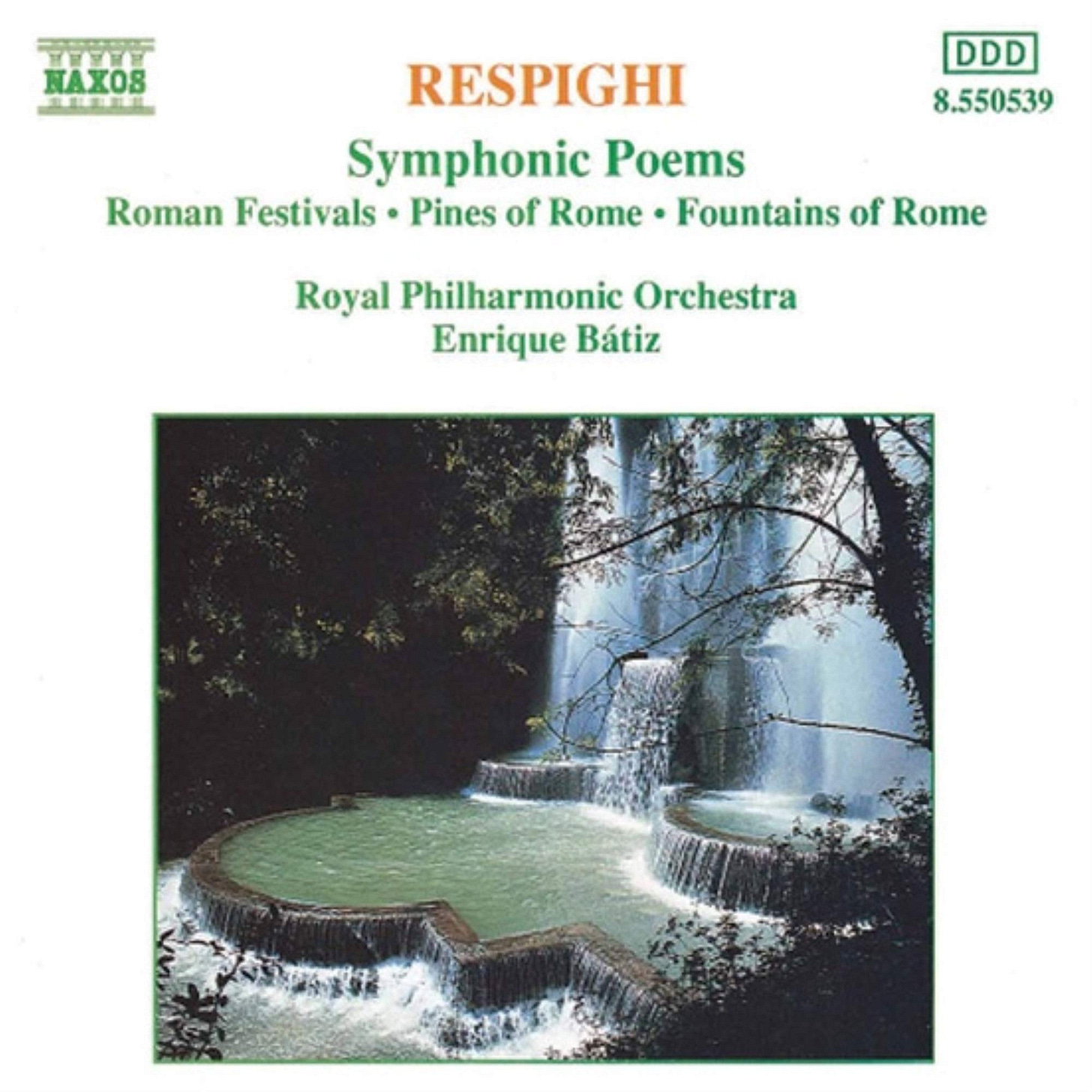
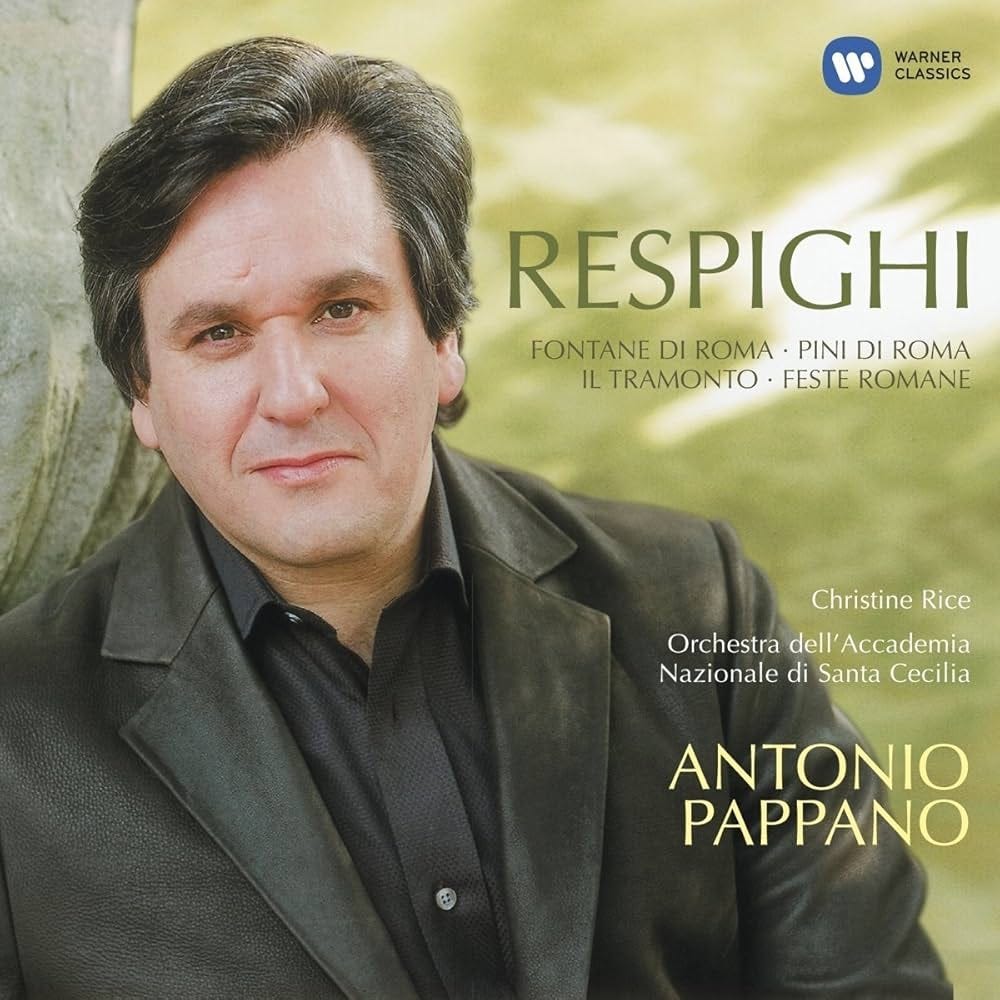
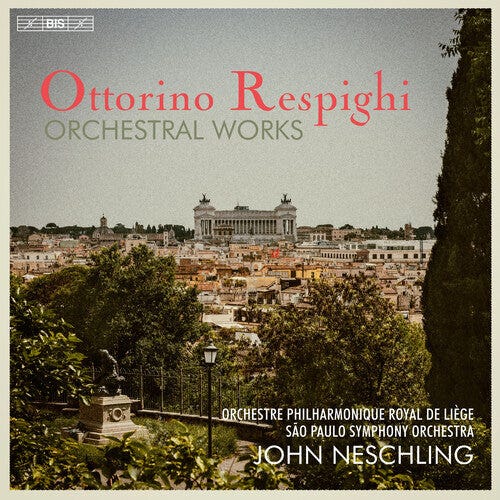
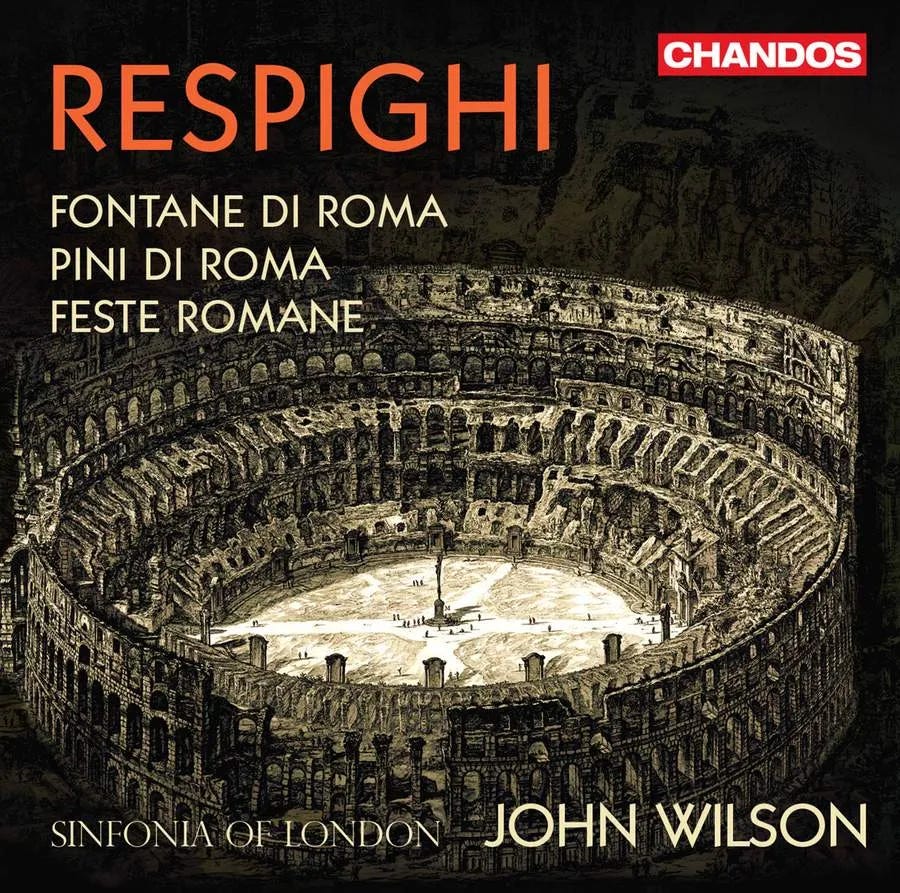
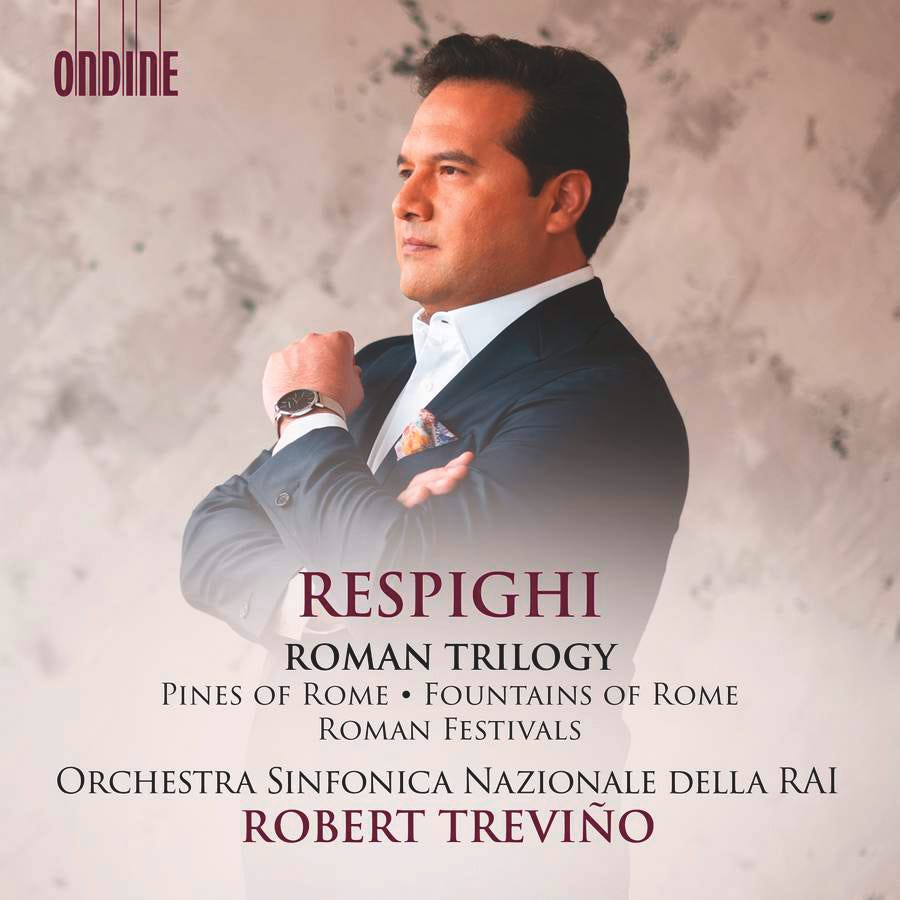
Thanks very much for this. Just curious what caused you to change your opinion about the Pappano’s preeminence.